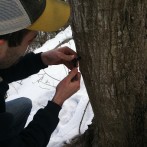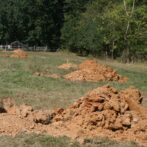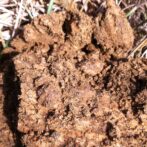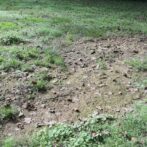Real Estate Development: Drainfield Construction Permit vs. Certification Letter
Virginia land investors and real estate professionals need to understand the difference between Virginia Department of Health (VDH) onsite wastewater disposal system (septic system) construction permits and certification letters. These are similar to structural construction permits, as they expire after a fixed amount of time. Permits are constrained to a specific site and property owner. Most counties located in Northern Virginia and the Shenandoah Valley require installation within 18 months of permit issuance. However, Fauquier County, Virginia requires the system to be installed within 12 months of issuance. A certification letter is issued by the county health department. The drainfield site and suitability of the soils for a septic system is defined. This letter does not expire and should be obtained by applicants who do not plan on system installation with the construction permit’s time constraints. A certification letter is ideal for vacant land investors who plan on “percing” property for resale or for building outside the permit time restraints. It can be converted to a construction permit by submitting an application and paying applicable fees to the health department. Additional Comments: Certification letters specify an approval for a certain number of bedrooms. Certification letters do not identify the type of septic system approved. Septic Systems can vary in cost ranging in $8,000-$30,000. It is recommended to consult a soil evaluator or health department specialist to verify the type of system approved. It is in the real estate developer’s best interest to work with an authorized onsite soil evaluator that has the interest of the client’s needs in mind. If you have any questions concerning a parcel of property in Northern Virginia or Shenandoah Valley, please visit our contact us...
Read More





